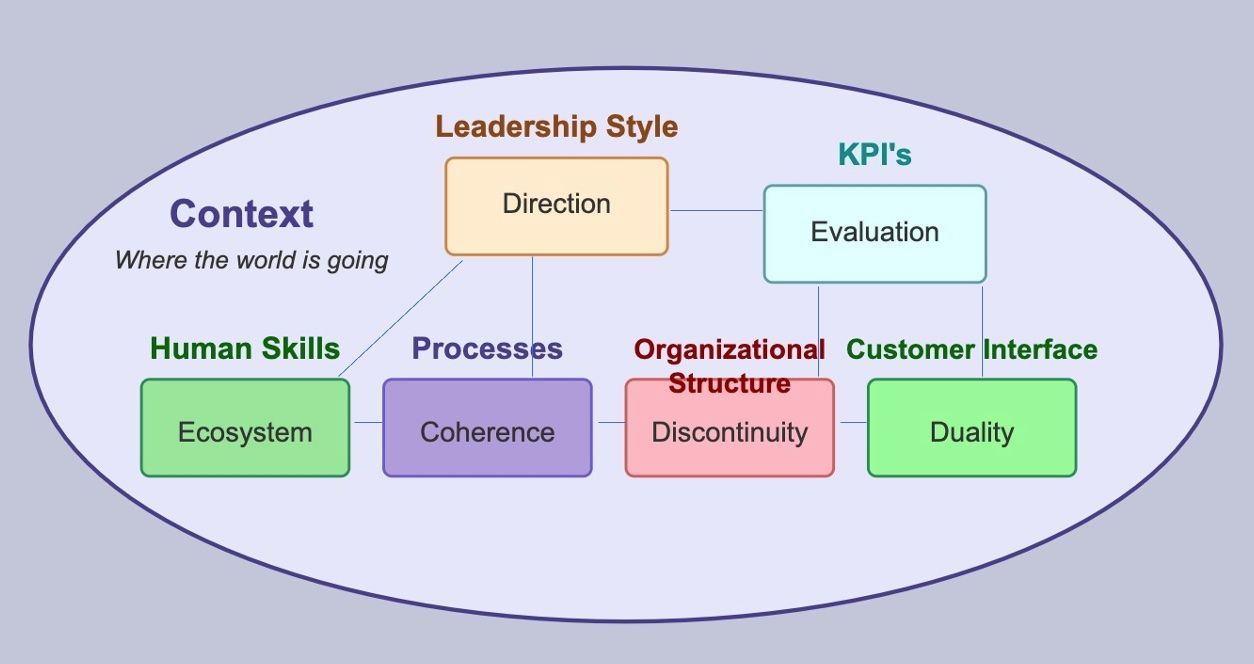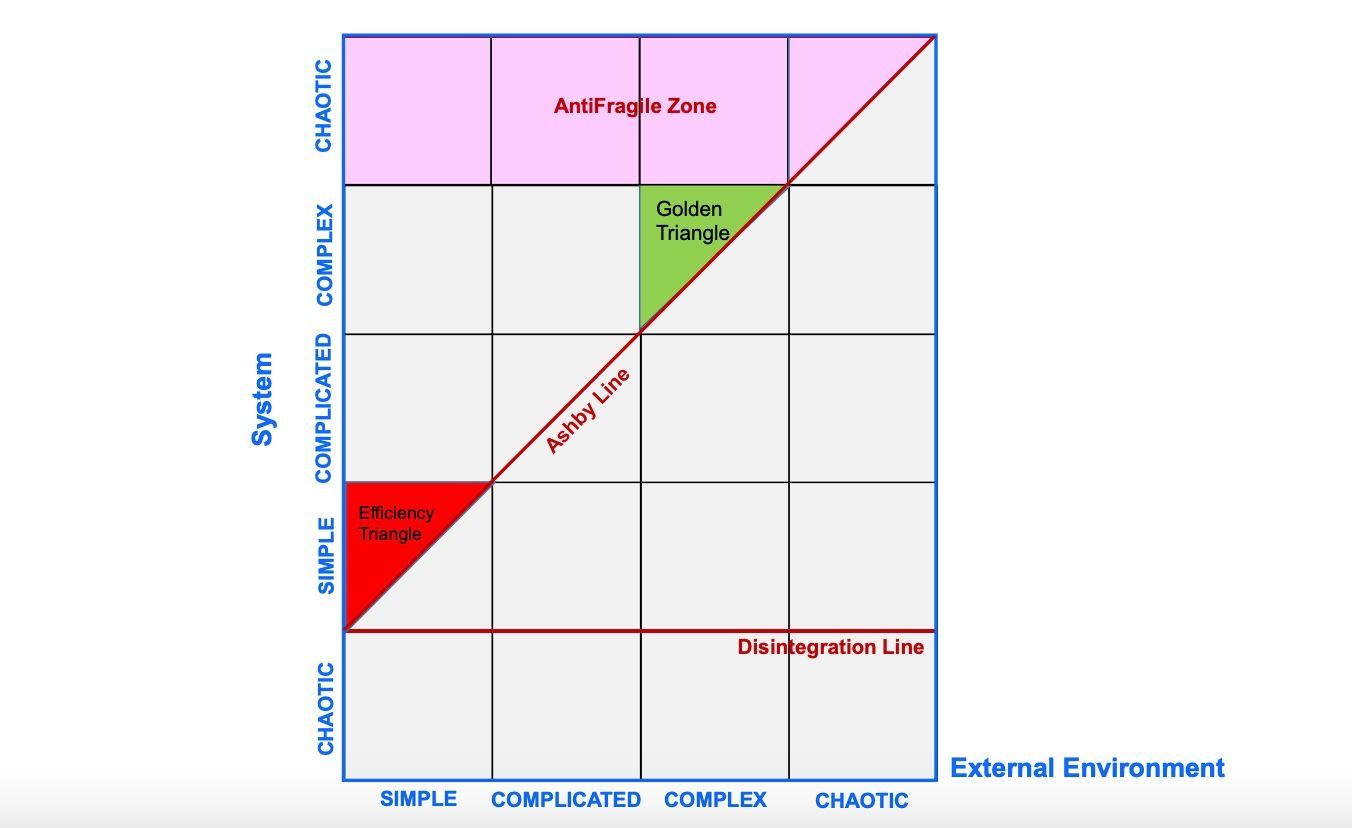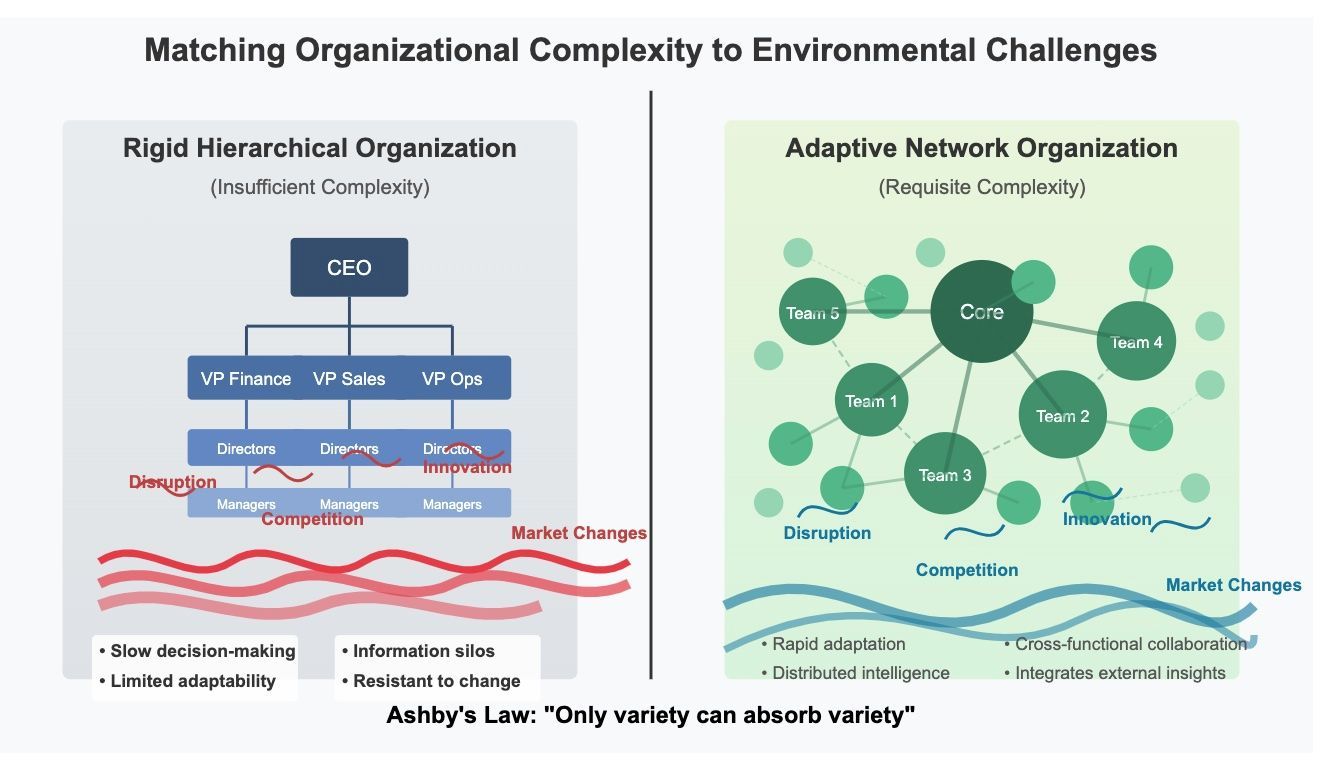FutureProof™ Decoded

When you first start to study a field, it seems like you have to memorize a zillion things.
You don’t. What you need is to identify the core principles – generally three to twelve of them – that govern the field.
The million things you thought you had to memorize are simply various combinations of the core principles.” John T. Reed
One of the final contradictions requiring consideration before the FutureProof™ manuscript was finally – finally – dispatched to the printers involved how to present the seven principles upon which the FutureProof™ story is built. On the one hand it felt like a good idea to introduce each of the principles according to their relevance to the overall story. On the other, it also felt like a good idea to present them all together in one place. Both options had their merits. That’s why we call it a contradiction. Printers, on the other hand, have little or no interest in contradictions. They just want to know how we want the damn book printed. Which ultimately meant a resolution where, in the book, the principles are featured at the appropriate time in the book’s flow, and anyone that just wants to see the principles can come here to the BLOG.
We knew a long time ago that for an organization to become FutureProof™ would require the presence of ‘a system’. That in turn meant that the Law of System Completeness would need to be obeyed. As it turns out, on several hierarchical levels. At the level of the overall organization, though, we knew that meant that there would need to be the usual six elements, plus another one concerning itself with the overall context (market, economy, geographical region, culture, etc) in which an organization finds itself operating. That in turn set us wondering whether each of the elements could then be represented as a fundamental underpinning principle. It turns out they can.
The next challenge was to try and find a meaningful acronym to make the seven principles eas(ier) to remember. Ideally with each word being evocative of the intended function of the relevant principle and not be (too) contrived. And in the right order.
Well, two out of three ain’t bad as the song goes. Enter ‘DECODED’.
Discontinuity. Coherence. Direction. Ecosystems. Duality. Orientation. Evaluation.
Here are the seven DECODED principles in FutureProof™:
Discontinuity – Discontinuity comes from our Stone Age brain misconception that the world is linear. We arrive at the workplace with that bias built-in. If change happened at all in the Stone Age, it happened slowly. The tasks that a person was made responsible for when they first became an adult were the same tasks they were performing at the end of their lives. Now we live in a world in which change happens ever more quickly. The data clearly tells us the world is very non-linear. It is s-curve shaped. The s-curve is universal. It applies to all systems and how they evolve over time. We’ll struggle a bit at first, then we’ll work out how to make big improvements, then we’ll start to encounter a period of diminishing returns – more effort in for less system improvement out – until, if we’re knuckle-headed enough to keep going will eventually involve putting in infinite amounts of effort to make precisely zero improvement. When we reach the top of the curve and determine that we still need to do better, that’s when the discontinuity happens. A jump to another, new, curve. That’s what innovation is all about: the successful discontinuous jump from one way of doing things to another.
From one system to the next, failure to recognize the periodic need for these jumps sits at the core of the fragility of most enterprises on the planet right now. Failure to successfully navigate through the awkward, netherworld-like vacuum between one s-curve and the next. FutureProofing™ starts with developing capabilities, mindsets, processes and procedures that enable the right discontinuous jumps to be made at the right time, for the right reasons. Forget about organizational resilience for a second, if every individual knew about s-curves (discontinuities) we’d all be a step less fragile.

Coherence – if Discontinuity will get us through most things in life, the second principle will get us through pretty much everything else. Coherence is about systems. The world is a system. A meta-system full of sub-systems, sub-sub-systems, and so on. Systems all the way down. Systems get things done. Every system needs to follow the Law of System Completeness. When it does, coherence is achieved. Here’s what the overall FutureProof™ system of principles looks like in Law of System Completeness (see image below):

Direction – in true ‘if you don’t know where you’re going, any road will take you there’ fashion, a significant futureproofing challenge in most organizations is that they indeed don’t know where they’re going. They might have revenue and profit targets. Or EBITDA goals. None of which have anything to do with the ‘future’ part of the futureproofing objective. Far more meaningful in this regard is that the organization understands that futureproofing first means increasing value, and that value is defined by customers. And then that the customer value North Star is ‘free perfect and now’. Always has been, always will be. TRIZ calls it ‘Ideal Final Result’, Steve Jobs called it ‘insanely great’, both ultimately unobtainable, but that shouldn’t impede efforts to move – via discontinuous, s- curve jumps – in that direction. Within the organization, direction has been defined more recently as ‘antifragile’ following the 2012 book of the same title by Nassim Taleb.
Ecosystems – here’s the Engine part of the FutureProof™ Principles. While you are busy working on problems you thought were unique to you, someone somewhere already solved your problem, and most likely those successful solutions are outside your industry. We’ve been calling this principle ‘Horizontal Wisdom’ to help make the point that the 20th Century saw industry evolve into a million vertical specialist silos, the walls of which are now so high that almost no-one can see what’s happening on the other side anymore. Including situations where the other side of the wall is another department inside our own organization. Use of the word ‘ecosystem’ is also intended to remind leaders that the rules of behavior when we recognize we’re all part of an ecosystem (actually rats-nest of multiple ecosystems) are somewhat different to the traditional rules of a capitalist economy. Win-win is a nice to have in the corporate world of the 1980s, now it is increasingly the only way to play. It is already the only way to have a hope of achieving FutureProof™ status.
Duality – ‘a man always has two reasons for doing anything: a good reason and the real reason.’ (John Pierpont Morgan) Here we get to the nitty-gritty human aspects of futureproofing. Humans are essentially bias machines, everyone thinking in their own ‘truth’. No enterprise has a hope of ‘futureproof’ without putting in place high-EQ humanocracies. Places where we want hierarchies and we don’t; where we want to give people autonomy and keep them under control; where we want to standardize operations to make the more efficient and empower people to do things their own way to make them meaningful. Contradictions everywhere. Knotty human shaped ethical and moral contradictions where there is no such thing as acceptable compromise.
Orientation – in order to get to where you’re going (see Direction, above), you first need to know where you are. This in turn means knowing which of the different zones of the Complexity Landscape Model we’re in. The basis of the model – originating from the Cynefin framework – is to segment the world into domains that each demand a different modus operandi to achieve desired outcomes. Sense-Categorize-Respond in a ‘simple’ system, for example, or, ‘Probe-Sense-Respond’ in one that is complex. Some people become offended by these kinds of prescriptive frameworks, thinking of them as some kind of categorization forcer. Instead of their actual use, which is to dynamically identify where we are right now in order to then plot a course to where we desire to be and then be able to monitor our progress, or otherwise.

Evaluation - is about establishing meaningful measurement feedback loops. Which in turn means measuring what’s important for futureproofing, rather than what most organizations tend to do – measuring what is perceived by them to be important. ‘What gets measured gets done’… so probably best to measure what’s right and helpful.
There it is, our framework "DECODED." Simple. And complex.



